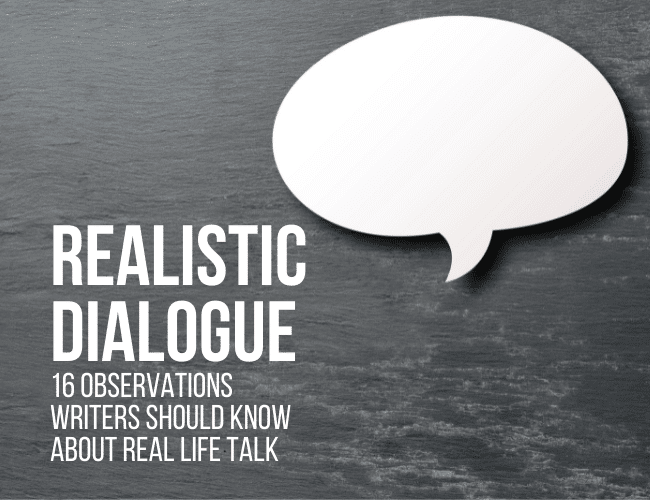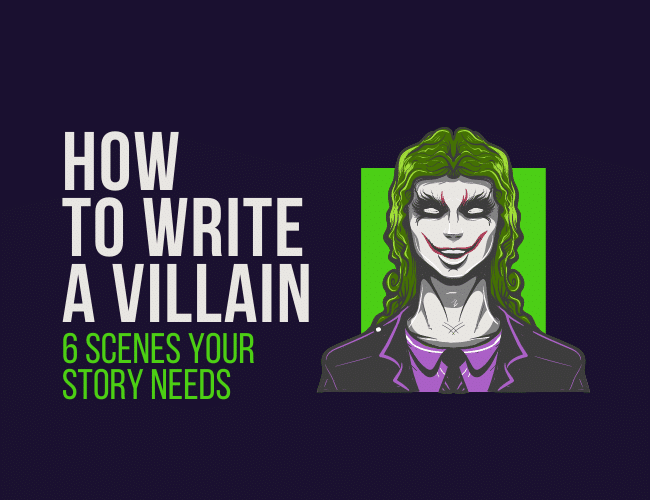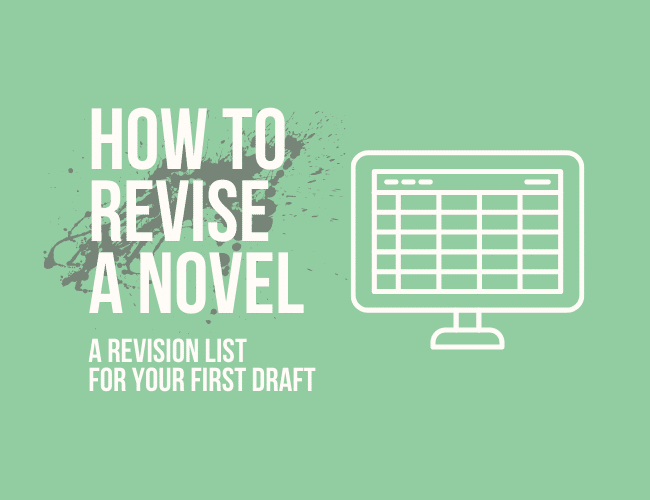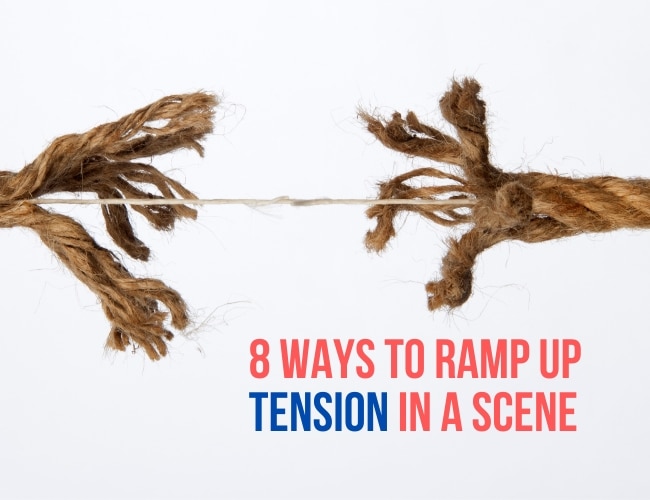
by Joslyn Chase |
As writers, we are always working to make our stories the best they can be. One of the more advanced techniques that can help you do this is by giving an underlying meaning in a scene—otherwise known as subtext.
In a story, subtext can be implied by the surface action and dialogue.
When you think about the books and stories that you most enjoyed reading, chances are that story’s scenes were woven with something deeper than what appeared on the surface.
Today I’d like to teach you seven simple techniques for using subtext in your story, which I’ll also teach with some subtext examples.

by Joe Bunting |
Dialogue can make your story. In fact, as Shakespeare knew, you can tell a whole story just through authentic dialogue.
Good stories are about real people, and people in real life love to talk to each other. We are biologically disposed to receive pleasure from conversation.
If you want to write good stories, learn how to write effective dialogue. In this article, you can learn sixteen dialogue tips that will help you take everyday conversations and turn them into stretches of dialogue that benefit your story.

by Jeff Elkins |
Without the White Witch, Aslan is just a recluse lion. Without Moriarty, Sherlock is just a know-it-all in a weird hat. Without the Joker, Batman is just a rich dude with anger issues and too much time on his hands.
Our villains make our heroes. Without them, our heroes can’t shine. That’s why it’s important to give our villains scenes where they can wow us with their quirks and scare us with their ferocity.

by J. D. Edwin |
Finishing a first draft is a huge deal. If you just accomplished this, be proud of yourself! At the same time, you might be wondering how to revise a novel after that first draft is done. There’s a lot of advice out there. Which do you listen to?
The revision process doesn’t have to be complicated. However, you might feel—especially if this is your first completed draft ever—intimidated to edit your book. There’s a lot of words and scenes to review. Where do you begin?
In this article, I’d like to share how I took a daunting editing process and created a simplified, concise, and clear strategy to revising your first draft. I do this with what I call a Revision List—a table with five columns that can help you simplify big ideas.
If you’re like me, you won’t ever want to edit a first draft without it!







